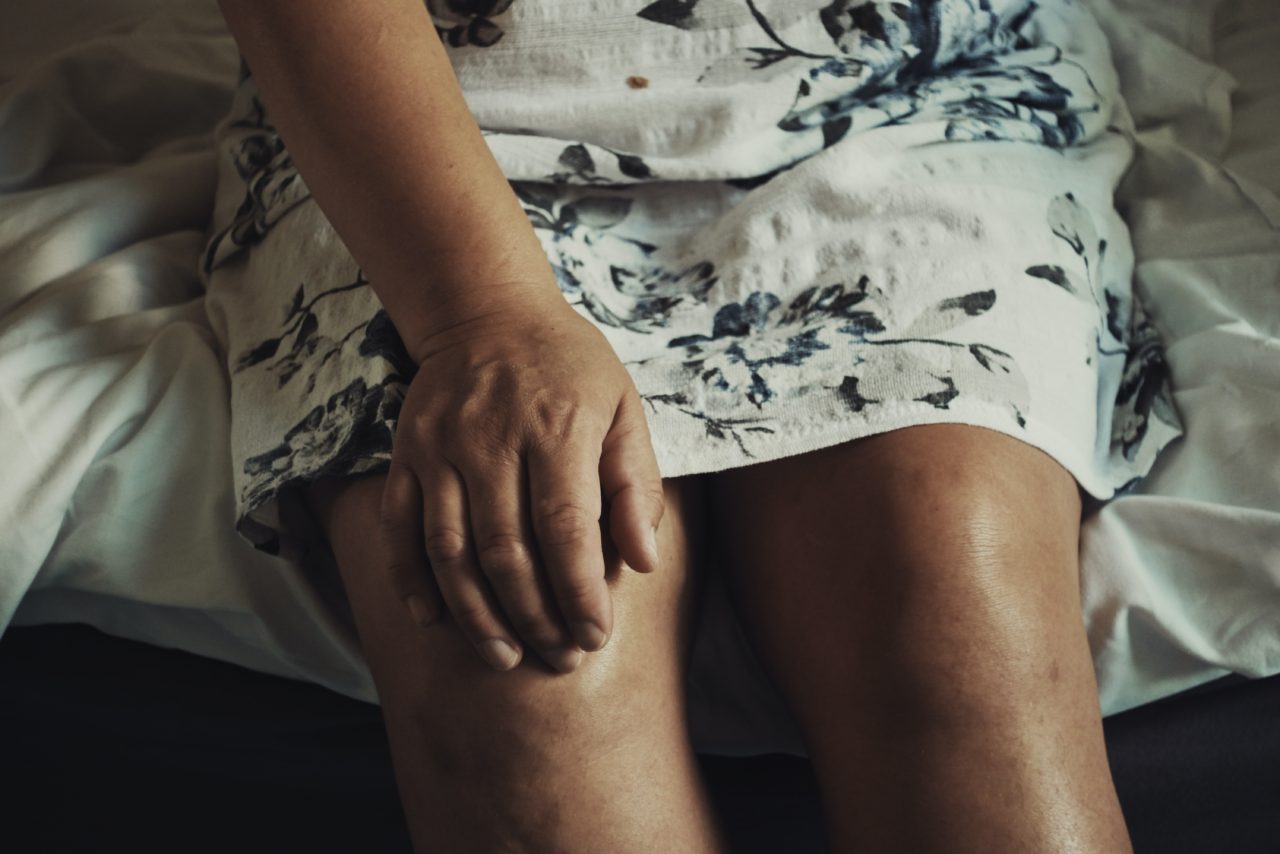Potential protective role of ACE-inhibitors and AT1 receptor blockers against levodopa-induced dyskinesias: a retrospective case-control study
Background
Growing evidence has highlighted that angiotensin-converting enzyme (ACE)-inhibitors (ACEi)/AT1 receptor blockers (ARBs) may influence the complex interplay between dopamine and the renin-angiotensin system in the nigrostriatal pathway, thus affecting the development of levodopa-induced dyskinesia in Parkinson’s disease (PD).
Methods
In the present study, we analyzed whether the use of this class of medication was associated with a reduced occurrence of levodopa-induced dyskinesia, using electronically-stored information of idiopathic PD patients enrolled at Novara University Hospital “Maggiore della Carità”. We conducted a retrospective case-control study identifying PD patients with dyskinesias (PwD; n = 47) as cases. For each PwD we selected a non-dyskinetic control (NoD), nearly perfectly matched according to sex, Unified Parkinson’s Disease Rating Scale (UPDRS) part III score, and duration of antiparkinsonian treatment. Binary logistic regression was used to evaluate whether dyskinesias were associated with ACEi/ARBs use. Ninety-four PD patients were included, aged 72.18 ± 9 years, with an average disease duration of 10.20 ± 4.8 years and 9.04 ± 4.9 years of antiparkinsonian treatment.
Results
The mean UPDRS part III score was 18.87 ± 7.6 and the median HY stage was 2. In the NoD group, 25 (53.2%) were users and 22 (46.8%) non-users of ACEi/ARBs. Conversely, in the PwD group, 11 (23.4%) were users and 36 non-users (76.6%) of this drug class (Pearson chi-square = 8.824, P = 0.003). Concerning general medication, there were no other statistically significant differences between groups. After controlling for tremor dominant phenotype, levodopa equivalent daily dose, HY 3-4, and disease duration, ACEi/ARBs use was a significant predictor of a lower occurrence of dyskinesia (OR = 0.226, 95% CI: 0.080–0.636, P = 0.005).
Conclusions
Our study suggests that ACEi/ARBs may reduce levodopa-induced dyskinesia occurrence and, thanks to good tolerability and easy management, represent a feasible choice when dealing with the treatment of hypertension in PD patients.
Reference:
Contaldi E, Magistrelli L, Milner AV, Cosentino M, Marino F, Comi C. - Potential protective role of ACE-inhibitors and AT1 receptor blockers against levodopa-induced dyskinesias: a retrospective case-control study - Neural Regen Res. 2021 Dec;16(12):2475-2478.



